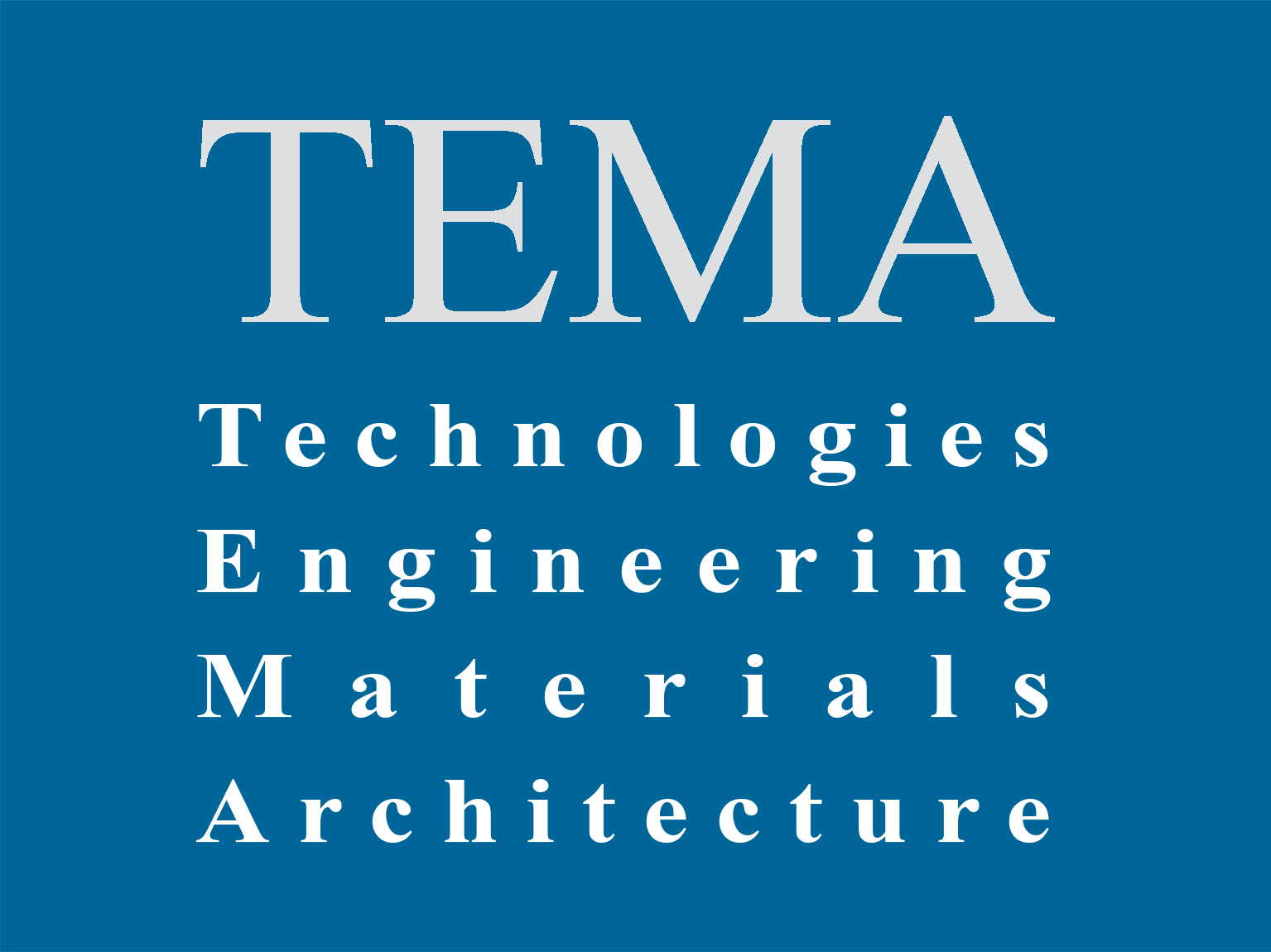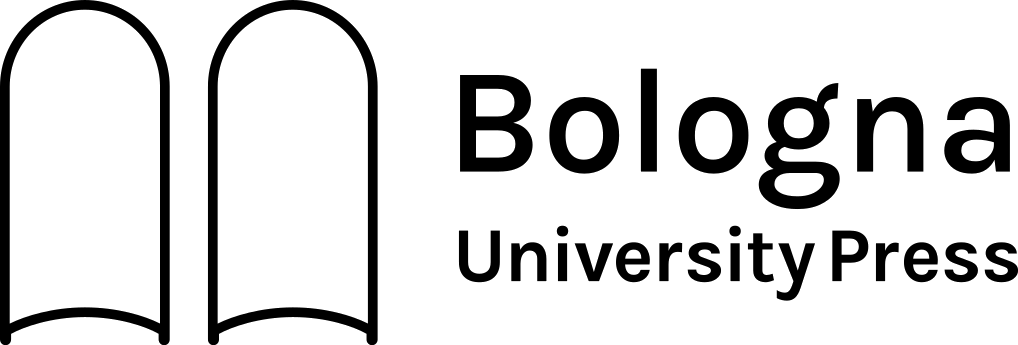Most of the building stock in European seismic countries is highly energy-intensive and earthquake-prone since it was built before the enforcement of effective energy and seismic codes. Renovation actions that synergically integrate both energy-efficient and anti-seismic interventions are strongly needed in these countries. However, the implementation of such interventions is currently limited by barriers that are mostly related to the high cost and invasiveness of traditional seismic retrofit techniques.
A new holistic design approach to the building renovation is required to overcome these barriers. This should result in innovative and integrated retrofit interventions able to specifically meet the needs of cost-effectiveness, quick installation, reduced users’ disruption, and low environmental impact.
In this framework, the use of cross-laminated timber (CLT) has been recently investigated for retrofit purposes in light of its good mechanical and physical performance.
In this research context, this paper illustrates a novel timber-based retrofit technology for RC framed buildings developed within the e-SAFE H2020 project. This technology consists of cladding the external building envelope with a new prefabricated timber-based shell that acts as seismic-resistant and energy-efficient skin, also contributing to renovating the architectural image of the building. The new skin combines structural CLT-based panels – equipped with novel devices for seismic energy dissipation – with non-structural wooden-framed panels.
Specifically, this paper presents a construction analysis of the proposed retrofit technology, investigating its technical feasibility, versatility, and potentialities, as well as possible application limits.
Acknowledgements
The authors would like to thank Dario Distefano, Giulia Fiore, Gianluca Rodonò and Bart Voortman for their precious support on the development of the proposed retrofit technology.
Funding
This paper was carried out in the framework of the Energy and Seismic AFfordable rEnovation solutions (e-SAFE) project, which has received funding from the European Union’s Horizon 2020 research and innovation programme under grant agreement No. 893135. Neither the Executive Agency for Small-and-Medium-sized Enterprises (EASME) nor the European Commission is in any way responsible for any use that may be made of the information it contains.
Author Contribution
Conceptualization, G.M. and C.T.; writing – original draft, C.T.; writing – review and editing G.M. and C.T.









